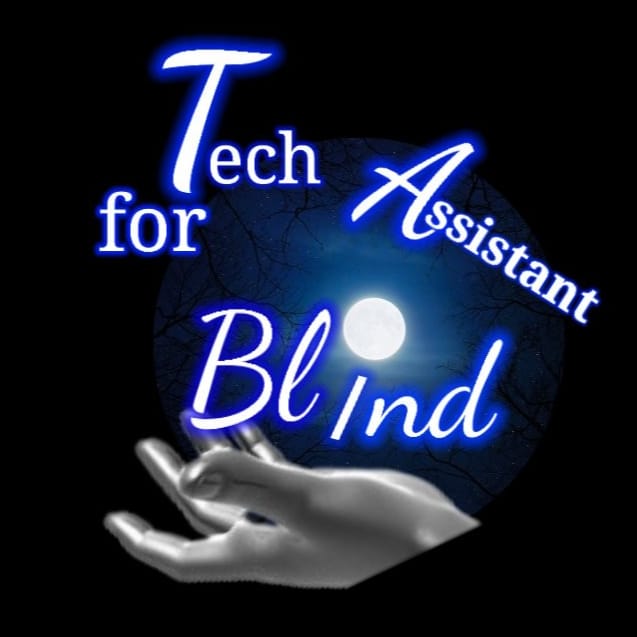Published on
April 16, 2023
Written by
Tech Assistant for blind Team
Text-to-speech (TTS) synthesizers are a type of speech synthesis technology that converts written text into spoken words. These systems are used in a variety of applications, such as virtual assistants, accessibility tools, and automated voice response systems. In this article, we will explore how TTS synthesizers are developed, the programming languages and tools that are commonly used, and the procedures that are involved in creating a TTS system.
Overview of TTS Synthesizer Development
The development of a TTS system involves a combination of techniques from linguistics, computer science, and digital signal processing. The goal of the TTS synthesizer is to create natural-sounding speech that accurately reflects the meaning and intention of the written text. The process of developing a TTS system can be broken down into several steps, including:
- Text analysis: The input text is analyzed to extract linguistic features such as part of speech, stress, intonation, and rhythm.
- Phoneme generation: The linguistic features are converted into phonemes, which are the basic units of speech sounds.
- Prosody generation: The appropriate prosody is generated to make the synthesized speech sound natural, including aspects such as pitch, duration, and loudness.
- Waveform synthesis: The phoneme and prosody information is converted into an audio waveform that can be played back to the user.
These steps can be implemented using various programming languages and tools, depending on the specific requirements of the TTS system.
Programming Languages and Tools for TTS Development
There are several programming languages and tools that are commonly used in the development of TTS synthesizers. These include:
- Python: Python is a popular programming language for natural language processing (NLP) and machine learning applications. Many TTS systems use Python libraries such as NLTK, spaCy, and TensorFlow to perform text analysis, generate phonemes and prosody, and synthesize speech.
- Java: Java is another popular programming language for TTS development. The FreeTTS and MaryTTS frameworks are written in Java and provide a range of TTS functionality, including text analysis, phoneme and prosody generation, and waveform synthesis.
- MATLAB: MATLAB is a numerical computing environment that is commonly used in digital signal processing applications. Many TTS systems use MATLAB to analyze speech data and generate acoustic models that can be used to synthesize speech.
- Praat: Praat is a software package for speech analysis and synthesis that is widely used in TTS research. It provides a range of tools for analyzing speech data, generating phonetic transcriptions, and synthesizing speech.
In addition to these programming languages and tools, TTS development also requires access to large amounts of speech data and linguistic resources, as well as machine learning algorithms and neural network models to produce high-quality synthesized speech.
Procedures for Developing a TTS System
The development of a TTS system typically follows a set of procedures, which may vary depending on the specific requirements of the system. These procedures include:
- Data Collection: The first step in TTS synthesis is to collect a large corpus of speech data, which is used to train the machine learning models that will be used later in the process.
- Linguistic Analysis: The input text is analyzed to extract linguistic features such as part of speech, stress, intonation, and rhythm. This analysis may involve the use of NLP techniques such as part-of-speech tagging, named entity recognition, and sentiment analysis.
- Acoustic Modeling: Acoustic models are used to generate the phoneme and prosody information that is needed to synthesize speech. These models can be created using machine learning algorithms, such as hidden Markov models (HMMs), deep neural networks (DNNs), and recurrent neural networks (RNNs).
- Synthesis: The synthesized speech is generated using the phoneme and prosody information from the previous step, as well as the acoustic models that have been created. The waveform synthesis process may involve techniques such as concatenative synthesis, formant synthesis, or unit selection synthesis.
- Evaluation: The synthesized speech is evaluated for its naturalness, intelligibility, and prosody accuracy. This evaluation may be done using subjective listening tests or objective measures such as signal-to-noise ratio (SNR), mean opinion score (MOS), and perceptual evaluation of speech quality (PESQ).
- Refinement: Based on the results of the evaluation, the TTS system may be refined by adjusting the acoustic models, the synthesis techniques, or the linguistic analysis algorithms.
- Deployment: Once the TTS system has been developed and refined, it can be deployed in the target application, such as a virtual assistant, a voice response system, or an accessibility tool.
In conclusion, TTS synthesizers are an important technology that requires expertise in linguistics, computer science, and digital signal processing, as well as access to speech data and linguistic resources. Programming languages and tools such as Python, Java, MATLAB, and Praat are commonly used in TTS development, along with machine learning algorithms and neural network models. By following a set of procedures such as data collection, linguistic analysis, acoustic modeling, synthesis, evaluation, refinement, and deployment, it is possible to create high-quality TTS systems that can be used in a variety of applications.

